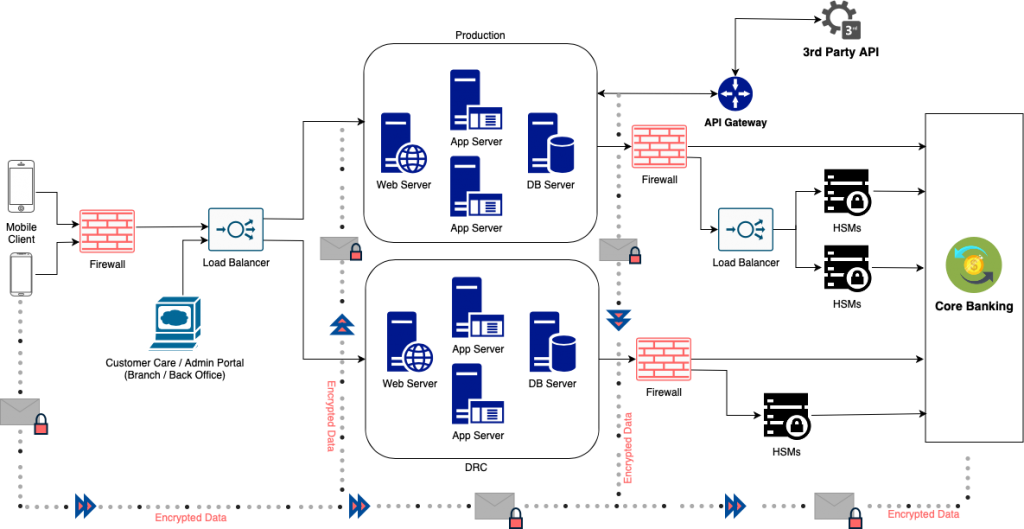MOBILE BANKING SECURITY IS PARAMOUNT
Azure has worked with clients on enhancing security of their Apps – mainly for mobile banking. Most banks have strict guidelines of mobile banking security that range from password restrictions, 2-factor authentication, encryption rules, hashing algorithms, business logic that resides only on the server-side code and so on. Most financial apps require to go through strict Penetration Testing conducted by 3rd party firms, and we have worked with those firms in ensuring that the App is “Pen-tested” before it is launched on the App stores. If clients require, we can share our experience in working with such 3rd party Testing firms and how we worked with them to ensure the security of the Apps on behalf of our clients.




